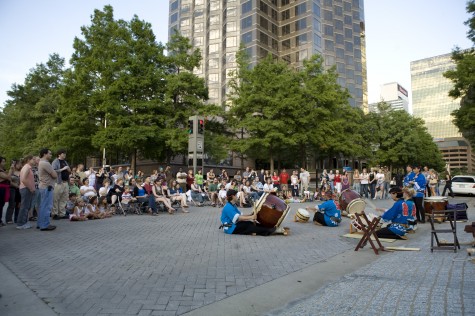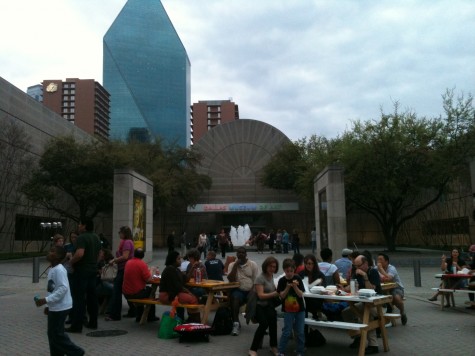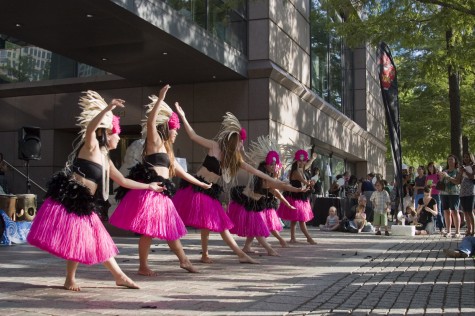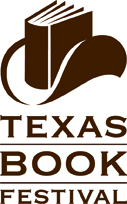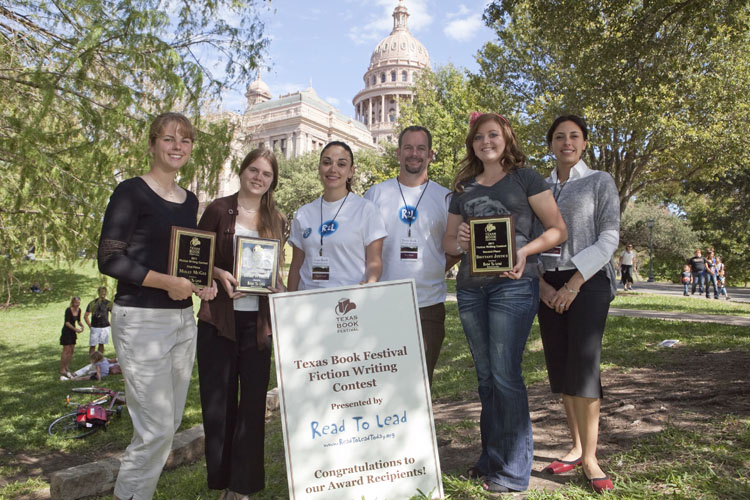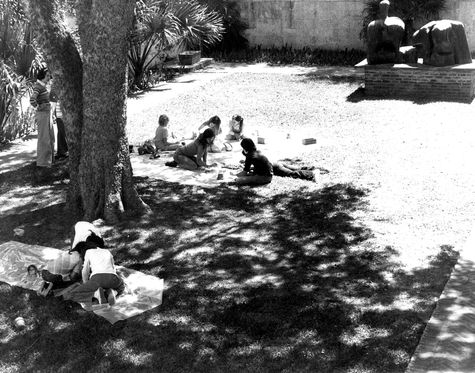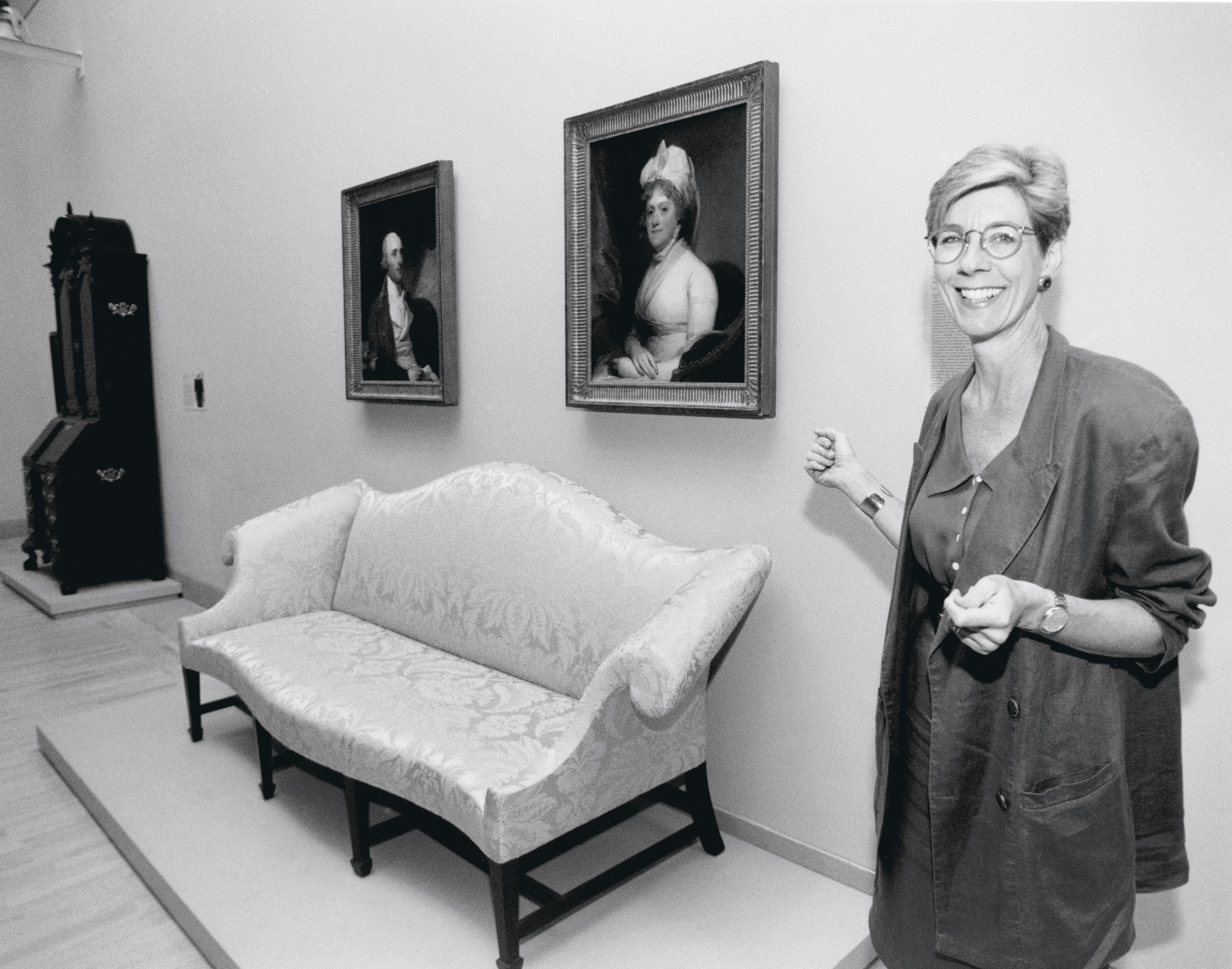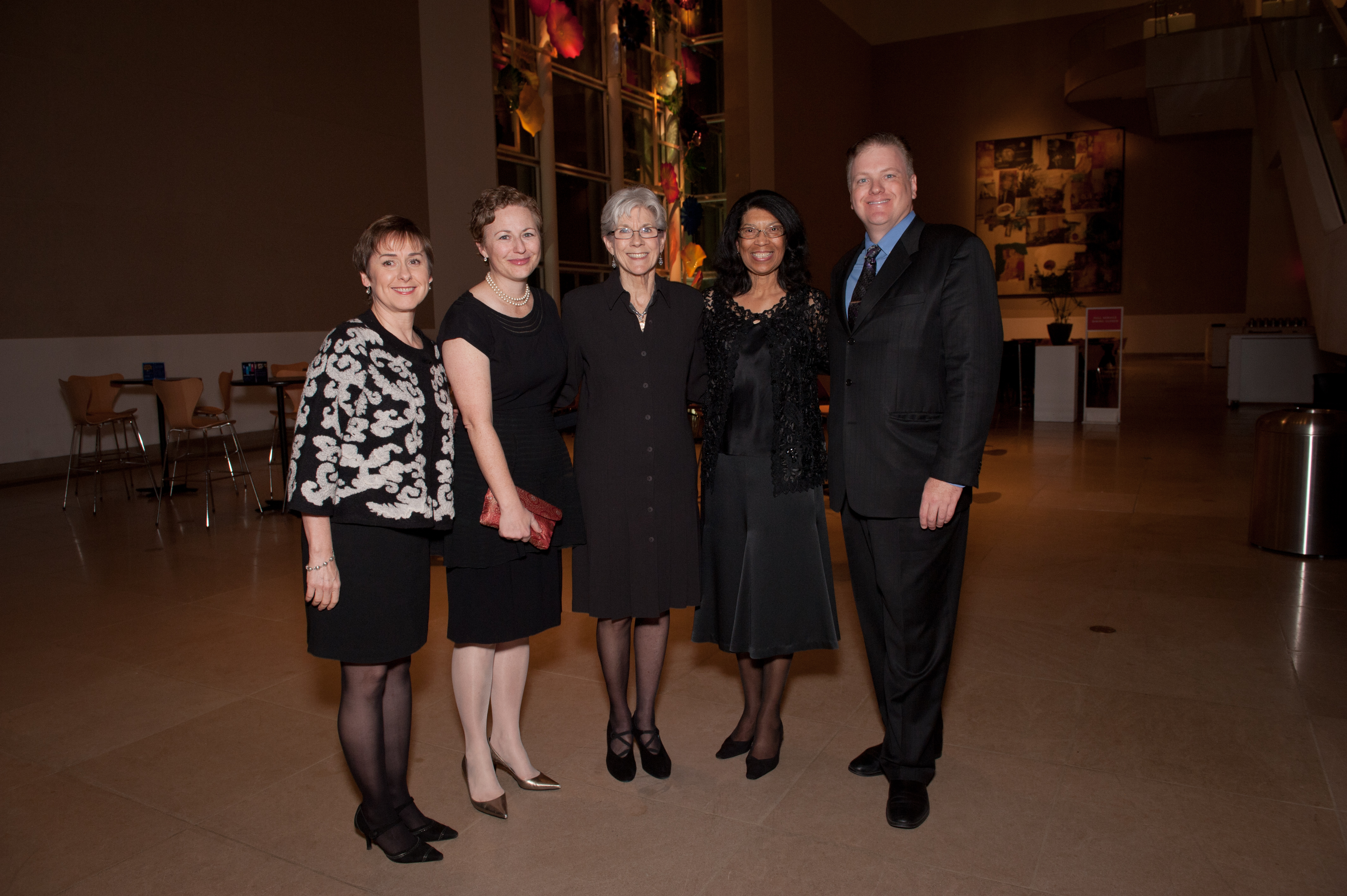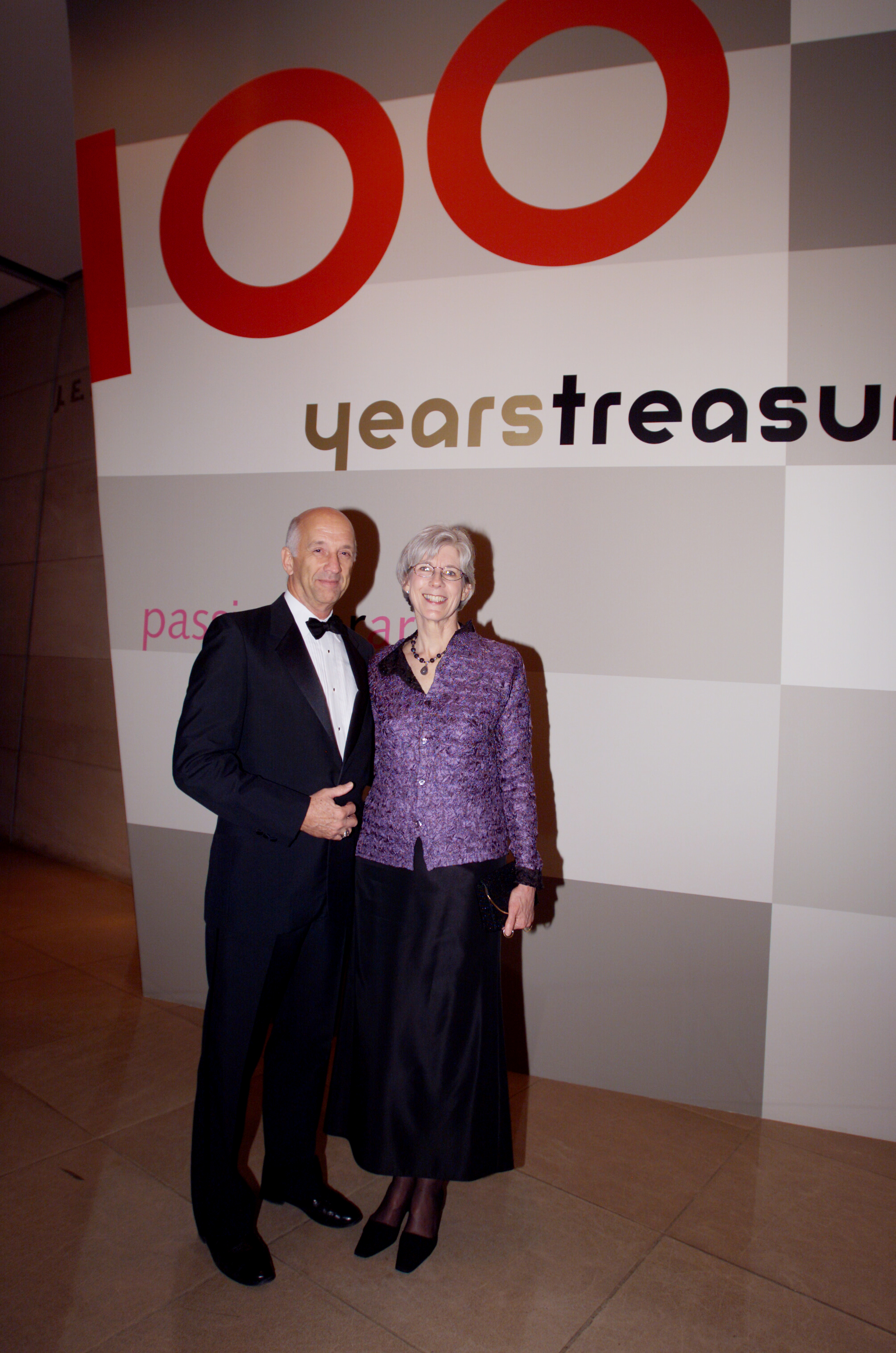In honor of Gail Davitt, Chair of Learning Initiatives and Director of Education at the DMA (for one more day!), today’s photo post highlights some of her favorite works of art from our collection.
[slideshow]
Melissa Nelson
Manager of Teaching in the Community
Artworks shown:
Jasper Johns, Device, 1961-1962, Dallas Museum of Art, gift of The Art Museum League, Margaret J. and George V. Charlton, Mr. and Mrs. James B. Francis, Dr. and Mrs. Ralph Greenlee, Jr., Mr. and Mrs. James H. W. Jacks, Mr. and Mrs. Irvin L. Levy, Mrs. John W. O’Boyle, and Dr. Joanne Stroud in honor of Mrs. Eugene McDermott
Piet Mondrian, Place de la Concorde, 1938-1943, Dallas Museum of Art, Foundation for the Arts Collection, gift of the James H. and Lillian Clark Foundation
Rene Magritte, The Light of Coincidences, 1933, Dallas Museum of Art, gift of Mr. and Mrs. Jake L. Hamon
Brice Marden, To Corfu, 1976, Dallas Museum of Art, Foundation for the Arts Collection, anonymous gift
Matthew Barney, The Cloud Club, 2002, Dallas Museum of Art, Contemporary Art Fund, gift of Arlene and John Dayton, Mr. and Mrs. Vernon E. Faulconer, Mr. and Mrs. Bryant M. Hanley, Jr., Marguerite and Robert K. Hoffman, Cindy and Howard Rachofsky, Deedie and Rusty Rose, Gayle and Paul Stoffel, and three anonymous donors; DMA/amfAR Benefit Auction Fund; and Roberta Coke Camp Fund
Mask with seal or sea otter spirit, North America, United States, Yup’ik Eskimo people, late 19th century, Dallas Museum of Art, gift of Elizabeth H. Penn
Standing female figure (rhythm pounder), Africa, Southeastern Mali, Senufo peoples, 19th to 20th century, Dallas Museum of Art, The Gustave and Franyo Schindler Collection of African Sculpture, gift of the McDermott Foundation in honor of Eugene McDermott
House of the Head (ile ori), Africa, Nigeria, Yoruba peoples, late 19th to early 20th century, Dallas Museum of Art, African Collection Fund
Mouth mask depicting the head of a bird, Asia, Indonesia, 19th century, Dallas Museum of Art, The Eugene and Margaret McDermott Art Fund, Inc.
Vincent van Gogh, Sheaves of Wheat, July 1890, Dallas Museum of Art, The Wendy and Emery Reves Collection
Paul Gauguin, Under the Pandanus (I Raro te Oviri), 1891, Dallas Museum of Art, Foundation for the Arts Collection, gift of the Adele R. Levy Fund, Inc.
